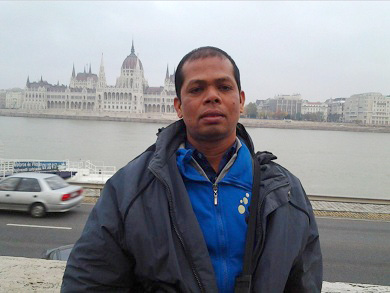Analysis of Fiqh Syafi 'Iyyah on Interaction with Whatsapp after the Engagement (Case Study at Mudi Princess Samalanga)
Abstract
The engagement period is the time to get to know the prospective bride and groom so that they get the heart to carry out the marriage. In an important period of interaction made by the bride and groom. Moreover, in today's digital era there is no distance barrier to being able to communicate like the WhatsApp application. With a variety of features that can be used by potential partners after the engagement period. Before the marriage contract takes place, the prospective partner is still ajnabi and ajnabiyah whose boundaries need to be maintained. Therefore, further research is needed on interactions with WhatsApp after the engagement period at MUDI Putri Samalanga. With the habit of santriwati using late at night to interact with potential partners. So is the pattern of communication with WhatsApp in accordance with Syafi'iyyah fiqh as the book they study everyday. By using qualitative research methods with normative-empirical research types by conducting observations, interviews and documentation and analyzing using descriptive methods. So it was found that the female MUDI female students used WhatsApp by chatting, video calling and voice calling while still paying attention to the signs outlined in Islamic teachings as learned in classical books. They still maintain in writing the words and when speaking directly. Using words that are commonly used in general and speaking only as needed and still maintaining aurat by dressing modestly, wearing a headscarf, wearing a veil and wearing socks.
Keywords
Full Text:
PDFReferences
Abdul Rahman Ghozali, Fiqh Munakahat, Jakarta: Kencana Prenada Media Group, 2008
Abdul Shomad, Hukum Islam, Jakarta: Kencana, 2010
Abu Bakar Usman bin Muhammad Syattha, I‘anatut Thalibiin, Jld. III, Beirut: Dar al-Kutub al-Ilmiyyah, 2018
Cik Hasan Basri, Model Penelitian Fiqh: Paradigma Penelitian Fiqih dan Fiqih Penelitian, Jld. I, Jakarta: Raja Grafindo Persada, 2004
Eko Endarmoko, Kamus Tesaurus Bahasa Indonesia, Jakarta: Gramedia, 2006
Elliyil Akbar, Ta‘aruf dalam Engagement Perspektif Syafi’i dan Ja‘fari, http://ejournal.uin-suka.ac.id/pusat/MUSAWA/article/view/917,
Genta Tiara, Ta‘aruf Engagement Nikah Untuk Muslimah, Surabaya: Genta Hidayah, 2017
Isnadul Hamdi, Ta‘aruf Dan Engagement Sebelum Perkawinan, http://ecampus.iainbatusangkar.ac.id/ojs/index.php/Juris/article/view/959,
Muhammad Aminullah, Theory of Alamin: A Formation of Universal Communication Formula, Budapest International Research and Critics Institute-Journal (BIRCI-Journal) Volume 1 No. 2, June 2018, (www.bircujournal.com/index.php/birci )
Muhammad Aminullah, Formula Alamin: Alamtologi Communication, Budapest International Research and Critics Institute-Journal (BIRCI-Journal) Volume 1 No. 4, December 2018, (www.bircu-journal.com/index.php/birci )
Muhammad Ra’fat Utsman, Fiqih Engagement dan Nikah, Depok: Fathan Media Prima, 2017
Wahbah az-Zuhaili, Fiqh Islam Wa Adillatuh, Jld. IX, Jakarta: Gema Insani, 2011
Zainuddin Bin Abdul Aziz Al-Malibariy, Fathul Mu‘in, Jld. III, Beirut: Dar al-Kutub al-Ilmiyyah, 2018
DOI: https://doi.org/10.33258/birci.v4i3.2570
Article Metrics
Abstract view : 21 timesPDF - 28 times
Refbacks
- There are currently no refbacks.

This work is licensed under a Creative Commons Attribution-ShareAlike 4.0 International License.

This work is licensed under a Creative Commons Attribution-ShareAlike 4.0 International License.

_.gif)

















_.gif)



